Stanley Nelson: 5 Things to Know About HBCUs
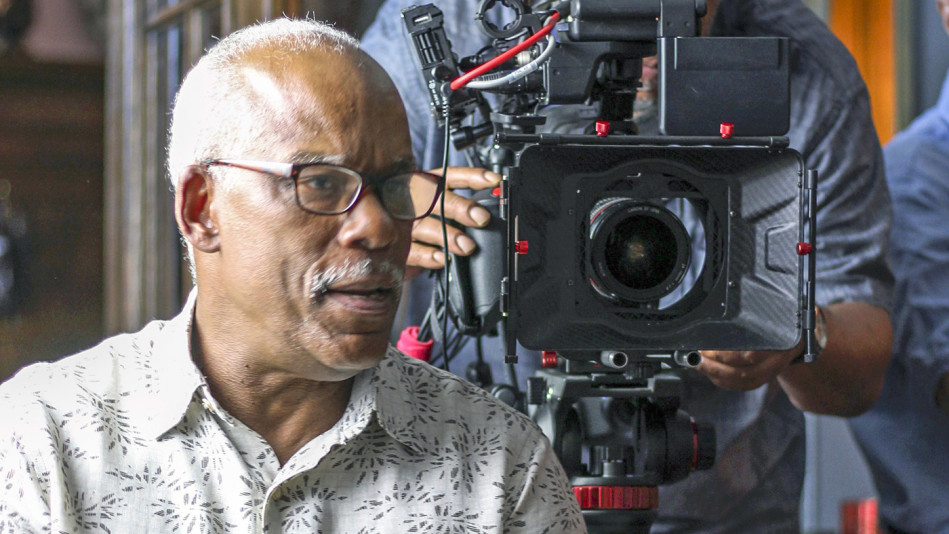
Photo: Babatunde Salaam
Throughout his career, documentary filmmaker Stanley Nelson has called attention to vital stories of African American history. His new project, Tell Them We Are Rising (premiering February 19 on PBS), explores a little-known chapter of our country's past and present: the evolution of historically black colleges and universities (HBCUs). Says Nelson, "For almost 100 years, HBCUs were the biggest driver of black people into the middle class." That includes his own family: "After my dad graduated from Howard University in the 1930s, he went to dental school—which gave me and my kids the life we have today." We asked Nelson for an intro course in HBCUs.
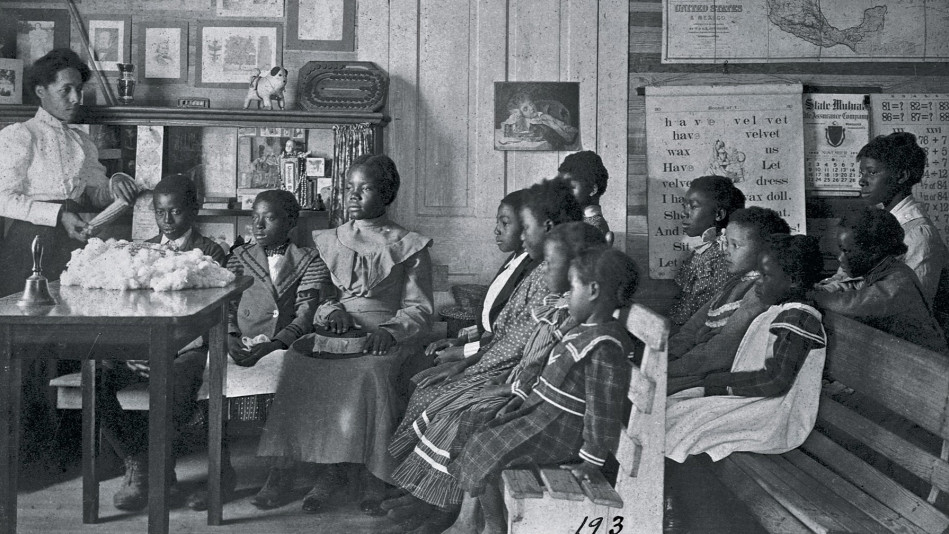
Students in an early-1900s classroom near Tuskegee, Alabama, learn about corn and cotton.
Photo: Frances Benjamin Johnston/Corbis/VCG via Getty Images.
1900s
"During enslavement, African Americans were forbidden to learn to read and write. And white folks were outlawed from teaching them to read and write. But after the Civil War, black colleges started popping up because it became clear that having an education could make you equal—and free."
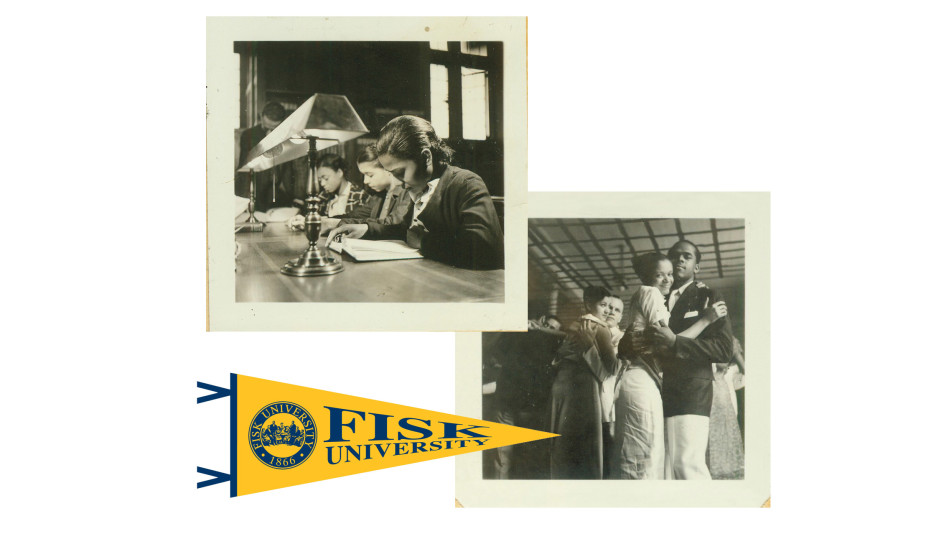
Fisk University students studying in the library (left) and dancing at a fraternity.
Photo: Nara. Pennant: Courtesy of Black College Stuff.
1940s
"HBCUs came into their own during the 1930s, '40s, and '50s. At this point, which we call the golden age, they became African American mirrors of white institutions. You start to see the football teams and the fraternities and sororities. These schools were basically the only places black students could enroll, so they got the cream of the crop."
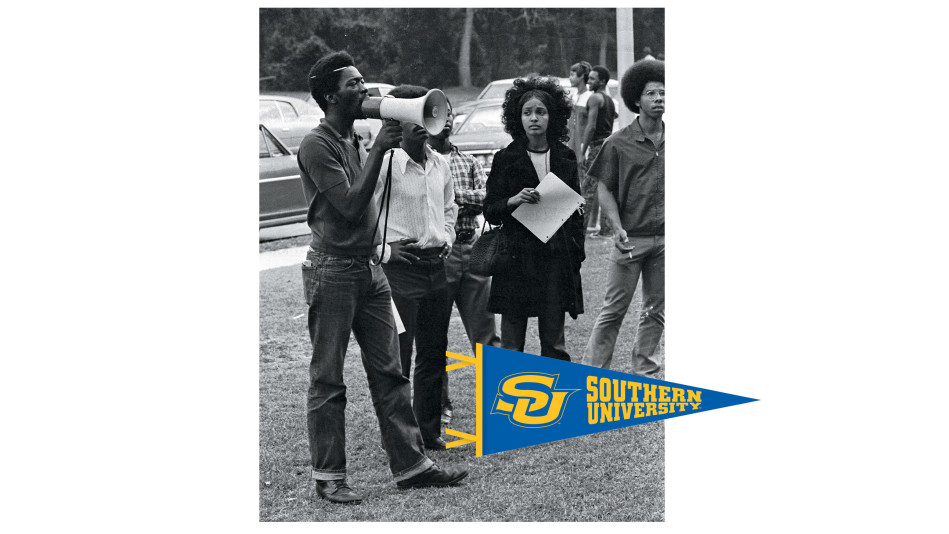
Student protesters gathered at Southern University.
Photo: Southern University. Pennant: Courtesy of Black College Stuff.
1970s
"Students at HBCUs were deeply involved in the civil rights and sit-in movements. In fact, during a 1972 protest over unequal policies and funding at Louisiana's public Southern University, two students were killed. We all know about the tragedy at Kent State, but here's an instance of a killing on a campus that many people have never heard of."
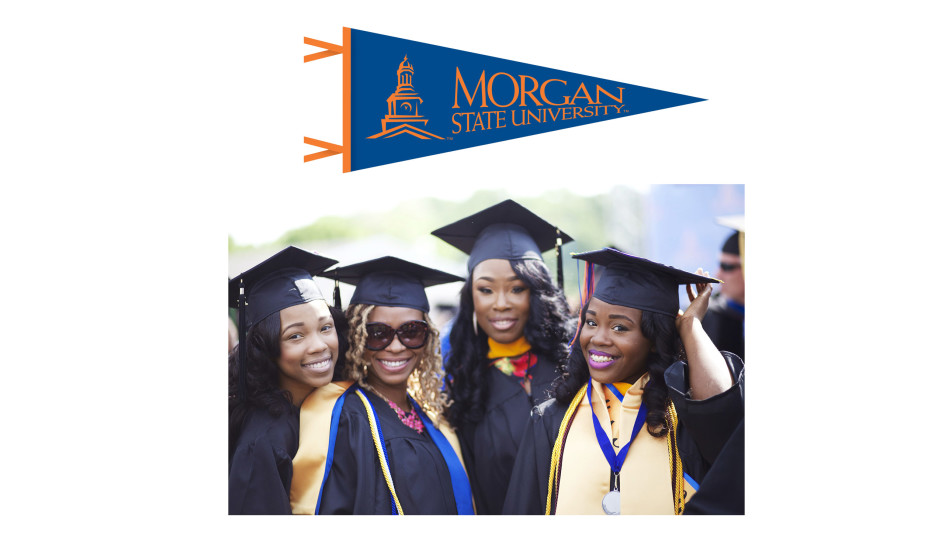
2014 Morgan State University graduates.
Photo: Morgan State University. Pennant: Courtesy of Black College Stuff.
2000s
"Today only about 3 percent of colleges are HBCUs. But these schools still educate huge numbers of African American doctors and judges and PhDs; they're the only black intellectual space we have in this country. I believe that until racism ends in the U.S., we'll need HBCUs."
By the Numbers
27: Percentage of African Americans with a bachelor's degree in a STEM field who graduated from an HBCU.

Students in an early-1900s classroom near Tuskegee, Alabama, learn about corn and cotton.
Photo: Frances Benjamin Johnston/Corbis/VCG via Getty Images.
1900s
"During enslavement, African Americans were forbidden to learn to read and write. And white folks were outlawed from teaching them to read and write. But after the Civil War, black colleges started popping up because it became clear that having an education could make you equal—and free."

Fisk University students studying in the library (left) and dancing at a fraternity.
Photo: Nara. Pennant: Courtesy of Black College Stuff.
1940s
"HBCUs came into their own during the 1930s, '40s, and '50s. At this point, which we call the golden age, they became African American mirrors of white institutions. You start to see the football teams and the fraternities and sororities. These schools were basically the only places black students could enroll, so they got the cream of the crop."

Student protesters gathered at Southern University.
Photo: Southern University. Pennant: Courtesy of Black College Stuff.
1970s
"Students at HBCUs were deeply involved in the civil rights and sit-in movements. In fact, during a 1972 protest over unequal policies and funding at Louisiana's public Southern University, two students were killed. We all know about the tragedy at Kent State, but here's an instance of a killing on a campus that many people have never heard of."

2014 Morgan State University graduates.
Photo: Morgan State University. Pennant: Courtesy of Black College Stuff.
2000s
"Today only about 3 percent of colleges are HBCUs. But these schools still educate huge numbers of African American doctors and judges and PhDs; they're the only black intellectual space we have in this country. I believe that until racism ends in the U.S., we'll need HBCUs."
By the Numbers
27: Percentage of African Americans with a bachelor's degree in a STEM field who graduated from an HBCU.



